
It's time to travel back to the 1970s and pick the famous five synths that not only shaped that decade in music, but also created the synth-pop phenomenon in the ones that followed.

The synthesizer might well have been invented before the 1970s; indeed, early, and frankly ridiculous claims to its origins go back hundreds of years, but more sensible suggestions cite the 1960s as the decade when the machine first truly made an appearance. However, the '70s was the decade that actual humans started using the synthesizer - humans who weren't just scientists or millionaires.
Yes, the 1970s was when the synth started making an impact in the world of music production, when genres were born, when eyeliner was applied and when everyone from futuristic Sheffield visionaries to Dusseldorf pioneers got their soldering irons out and just got on with the business of making music for the next decade and the rest of the century.
It was also the decade that gave us synth-pop, so let's look at those early keyboards, from the groundbreaking monosynths to the first polysynths. These are the machines that rocked the 1970s and popped the 1980s.
1. Moog Minimoog (1970)
Without the Minimoog there would have been no synth music. Heck, without the Minimoog there would have been nothing worth listening to and we’d be out of a job.
Without the Minimoog there would have been nothing worth listening to and we’d be out of a job.
OK, that might be an exaggeration – and someone else might well have come up with a decent synth if Bob Moog hadn’t – but in our actual history, this was the machine that started it all. Wendy Carlos helped it along; Kraftwerk had the cash and started synth-pop (and a bunch of other genres).
The Minimoog was the first synth to become widely available and be genuinely practical, and its designer Bob Moog is now a legendary figure in the world of synthesis. The original machine was released in 1970 and then rebooted in 2016, but whichever model you find, you're talking big bucks for the most iconic synth ever made.
Gary Numan told MusicRadar that: “The Minimoog is arguably the most important synth ever. Not the best, but the most important. It was the machine that made electronic music accessible.”
And he should know – the Minimoog was famously the instrument that turned him from a punk into a synth icon after an accidental meeting in a studio.

“I just pressed a key for whatever it was set on, and it made that famous Moog sound, that famous low growl and the room vibrated,” he told The Quietus . “It was the most powerful thing. It was like an earthquake and I just loved it. And before the band was even finished setting up the gear I was in there working on changing the songs we’d arrived with into pseudo-electronic songs.”
Minimoog users and tracks
Other famous users? Well take your pick from ABBA, Giorgio Moroder, Keith Emerson, Klaus Schulze, Kraftwerk, Rick Wakeman, Stevie Wonder, Tangerine Dream and many more.
And if we had to pick a couple of tracks, well we were always going to pick this one. And we particularly like this version because it's an old clip from the brilliant UK music show, The Old Grey Whistle Test, and all the musicians stare down the cameras as if they want a fight.
And we love the next clip too, because it shows Kraftwerk actually playing the Minimoog and ARP Odyssey - rather than the nondescript workstations they stand at these days.
Modern Minimoog alternatives
Secondhand prices of a Minimoog can veer between £5,000 and (well, we've seen it advertised, not sold) £19,000, so you'll want to consider alternatives.
Modern hardware with a Minimoogy feel includes the AJH MiniMod System (around £2,600/$3,000 for a full system), Behringer's Model D (£579/$599 for the keyboard version), or the Studio Electronics SE-1 ($1,899 for the X version).

For software, there's Arturia's Mini V3 (€149), Softube's Model 72 (€159), or the Universal Audio Moog Minimoog (£199). There are several apps, too. including Moog's own Minimoog Model D Synthesizer ($29.99).
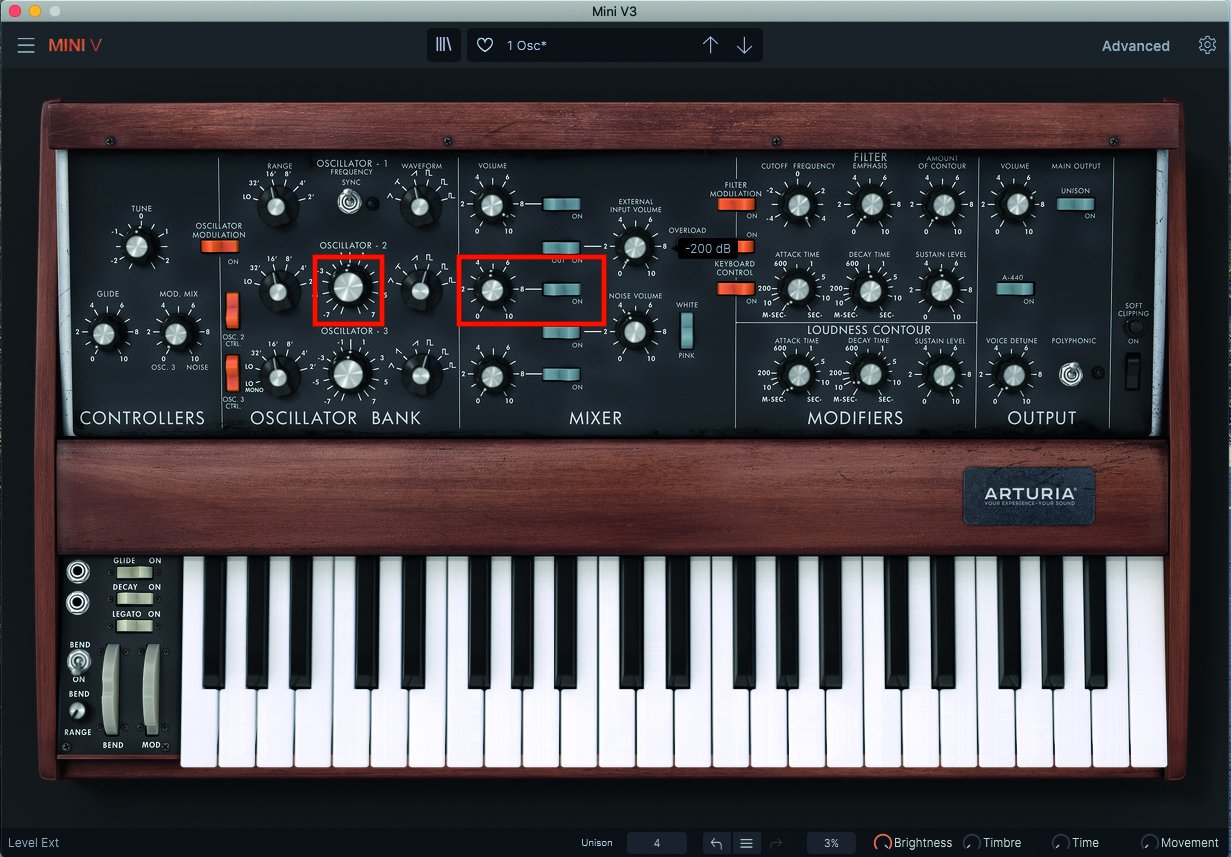
2. ARP 2600 (1971)
While the Minimoog was the first synth to do everything in one box, the 2600 took a slightly different route to simpler synthesis. Its semi-modular approach meant that it certainly had sonic flexibility while linking up the three VCOs, a filter, ring modulator and two envelopes, but it still managed to appeal to newcomers to synthesis who could explore its various connectivity options and learn the basics and not so basics along the way.
It still managed to appeal to newcomers to synthesis who could explore its various connectivity options and learn the basics and not so basics.
Its filter was a little too close to Moog's so had to go in later revisions. Other editions included the bright blue 'Blue Meanie' and the limited run (of just 35) 'Gray Meanie'. Korg has recently brought the 2600 up to speed for the 21st century, as it did with the Odyssey, and has made as good a job of it. Which is just as well, as second-hand prices of the original are eye-watering – see below.
Depeche Mode famously used the 2600 on their early albums (and later ones, come to that) employing its sequencer and drum synth capabilities, as their label owner Daniel Miller confirmed to Classic Pop.
"Depeche’s sound was defined in a few different ways. We made our own sounds, we didn’t use polyphonic synthesisers, or hardly at all, and we never used presets. [The 2600] was important because we created a lot of the sounds on it, especially the drum sounds and the percussion sounds and the ARP did that really well."
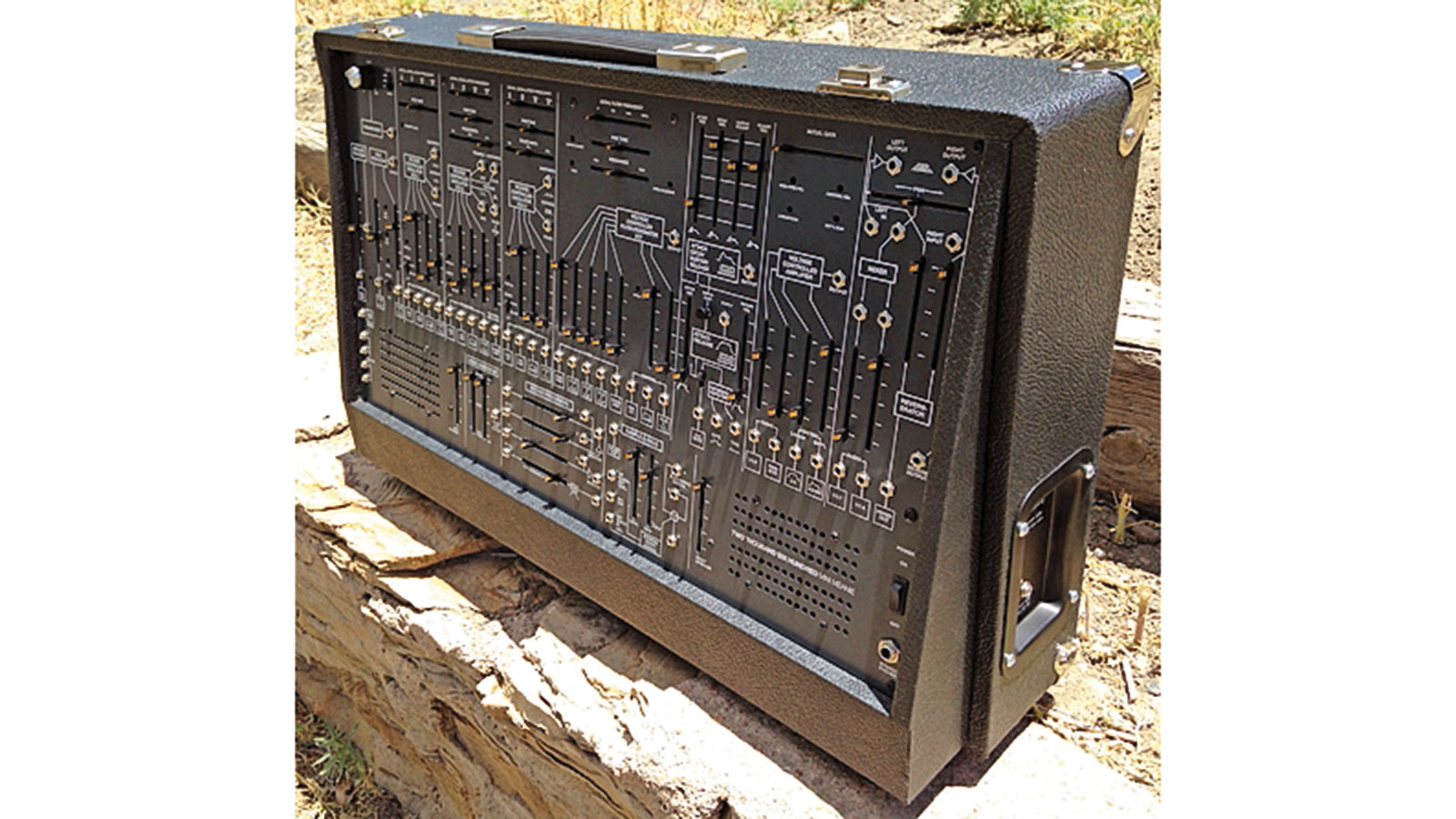
ARP 2600 users and tracks
Famous users include the aforementioned Depeche Mode, Herbie Hancock, Pete Townshend and Stevie Wonder, while it would be used on some of the biggest tracks in the 1980s, including the bassline to this…
And this…
But we can't let you go without a slice of classic Depeche.
Modern ARP 2600 alternatives
We've seen original ARP 2600s on sale for between £8,000 and £20,000, but there are some great newer hardware clones.
Behringer has its 2600 (£399-£479), while Korg has recreated the 2600 (various size options between £1,099 and £4,499) in much the same way as it did the ARP Odyssey (ie, very well).
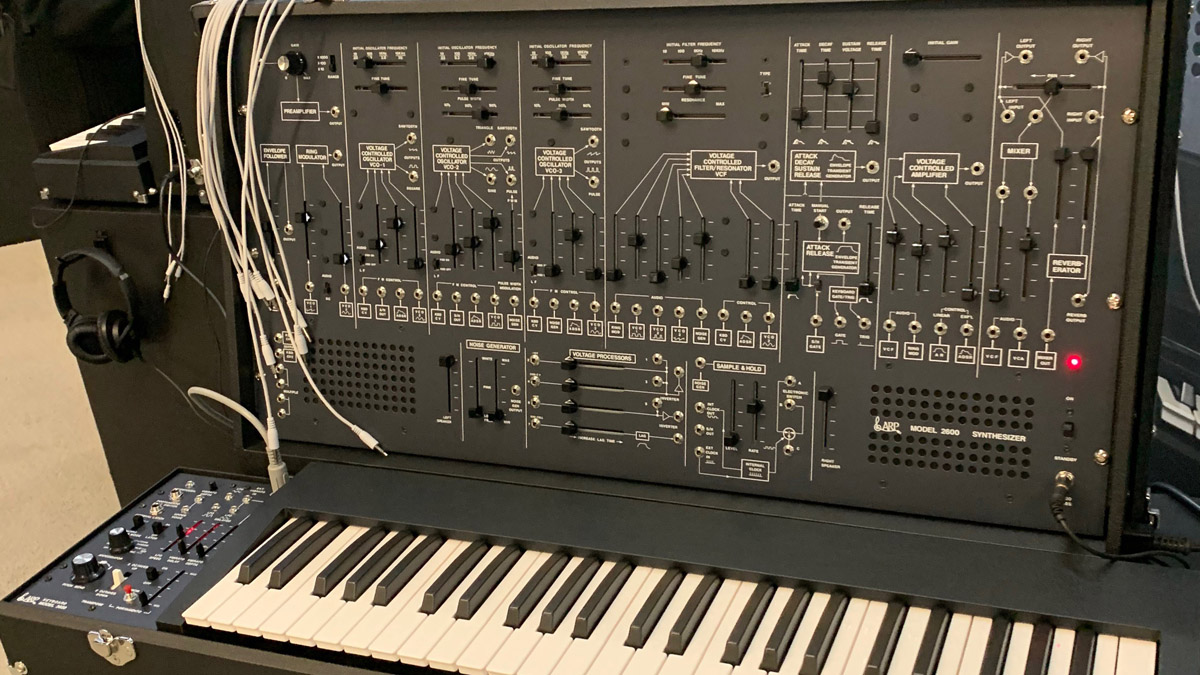
Software wise, there are plenty of recreations including Arturia's ARP 2600 V (€149), the TimewARP 2600 (£100), and Cherry Audio CA2600 ($49).

3. ARP Odyssey (1972)
The ARP Odyssey was basically the Rolling Stones to the Minimoog's Beatles in the 1970s. These were the two monosynths that dominated the period before polys took over, with the Odyssey providing screaming leads to the Moog's deeper basses.
You came to a sound, used it and never got it back again in quite the same way.
Billy Currie on the Odyssey
Really, the Odyssey wins a place in this list of top pop synths because of one man: Billy Currie. He got a deal on an electric violin and an Odyssey back when he was in the first incarnation of Ultravox! (with an exclamation mark) and took it with him on a tour through the biggest synth-pop bands of the time.
Currie ended up playing it on iconic tracks by Visage, Numan and the second version of Ultravox. That was some kind of - and you'll like this - 'synth odyssey', then.
He told Electricity Club of his choice of the Odyssey over the Moog: "I just liked that honky mad sound. The Minimoog was all knobs, it did not seem as agile. They were both incredibly spacey to use. Very different, though. They were abstract times. You came, eventually, to a sound, used it and never got it back again in quite the same way."

Famous ARP Odyssey users and tracks
Famous users include ABBA, The Beach Boys, Billy Currie (Ultravox, Tubeway Army, Visage), Chick Corea, Devo, Herbie Hancock, Jean-Michel Jarre, John Foxx, Kraftwerk and YMO.
Check out Curie's Odyssey solo at 1 minute 27" in this Ultravox classic.
While there are many Odyssey bleeps and blips in this.
And we're pretty sure there's an Odyssey in ABBA's studio here.
Modern ARP Odyssey alternatives
Secondhand prices of an original Odyssey vary between £1,200 and £4,000, but there are some great hardware alternatives. Behringer (of course) has an Odyssey (£449) and Korg has several (£449 - £1490).
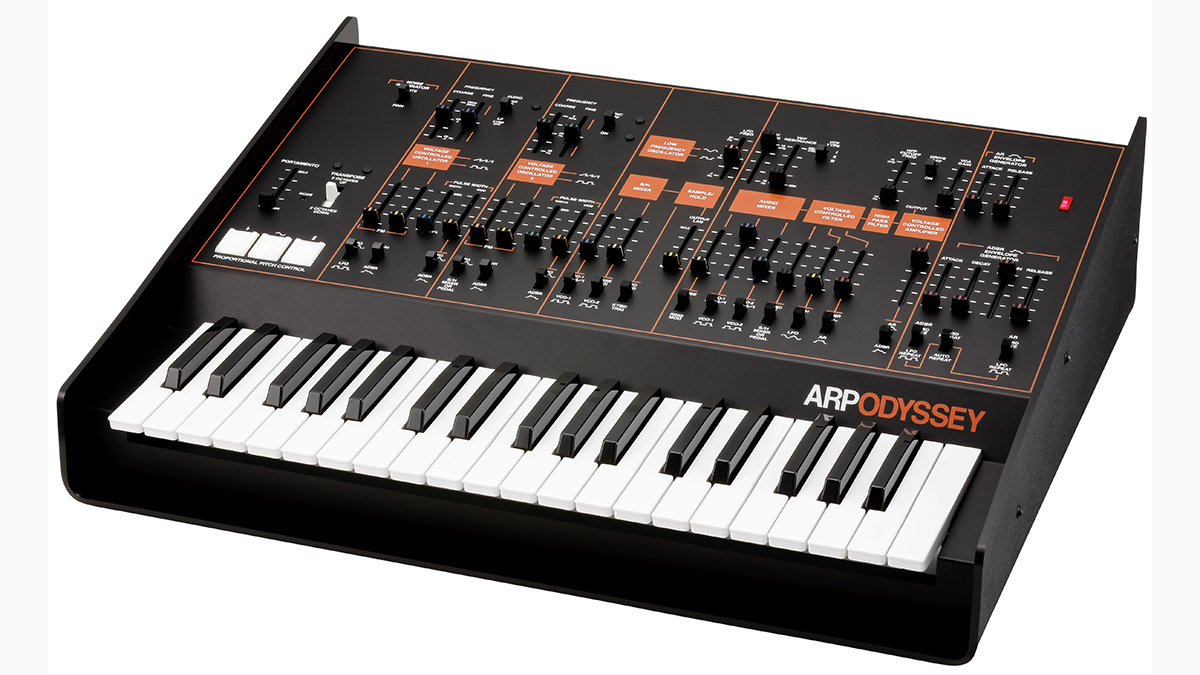
There's plenty of software, too. GForce's Oddity (£115) is fantastic, as is Korg's (£99), and there's a cheaper Way Out Wair Odyssey ($30), too.

4. Yamaha CS-80
Next up, a synth that has almost become the most legendary ever thanks to its use in the Vangelis-penned soundtracks to Blade Runner and Chariots of Fire.
It’s the only synthesiser I could describe as being a real instrument.
Vangelis on the CS-80
In truth, most synth-pop bands in the '80s would have used less expensive machines, but would have coveted the CS-80 for its rich tones and incredible dynamic range – but not perhaps for its weight, as it resembled and felt like a full-sized organ more than a synth.
That said, it featured groundbreaking design features for the time, including eight voices of polyphony, a ribbon controller and individual note aftertouch and velocity.
Vangelis said of the synth: "Nothing since the CS-80 that I’ve used can act as a natural extension of a player’s ability. Nothing can be as immediate. The most important synthesiser in my career – and for me the best analogue synthesizer design there has ever been.
"It was a brilliant instrument, though unfortunately not a very successful one. It needs a lot of practice if you want to be able to play it properly, but that’s because it’s the only synthesizer I could describe as being a real instrument, mainly because of the keyboard – the way it’s built and what you can do with it."
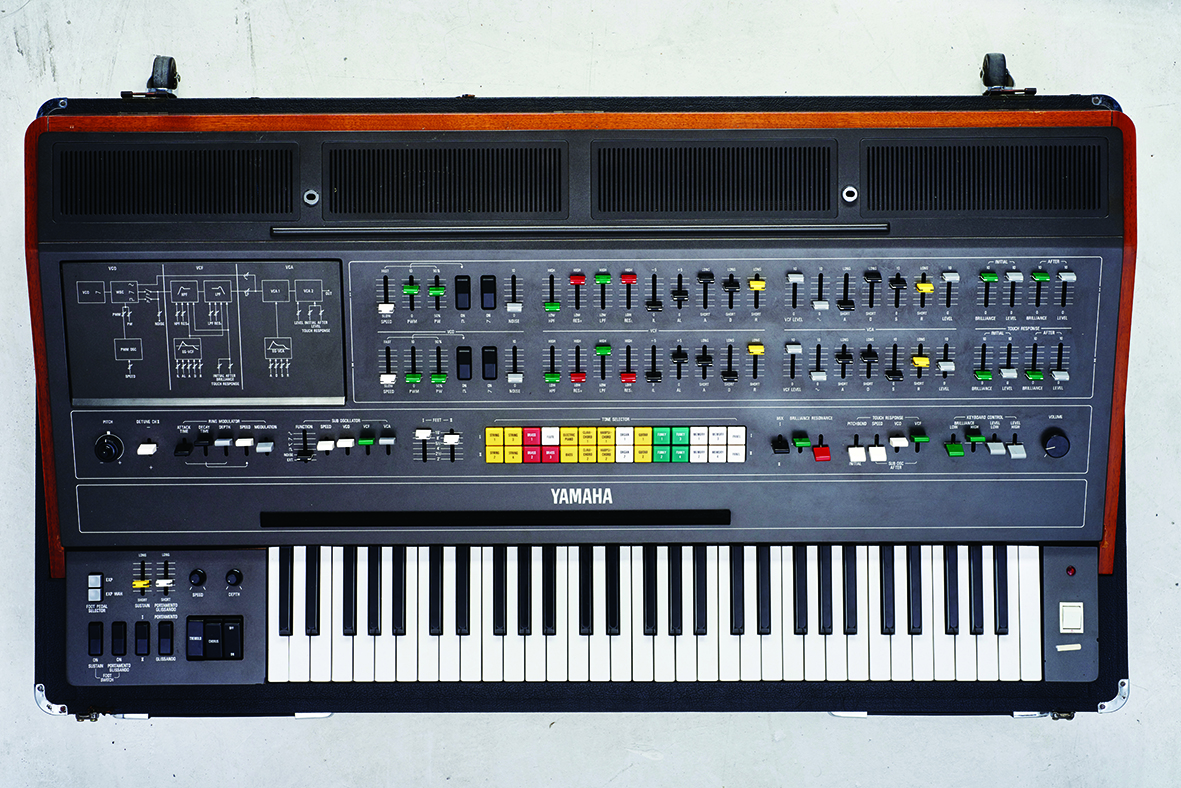
Famous Yamaha CS-80 users and tracks
Famous users include Brian Eno, Daft Punk, Jean-Michel Jarre, Kraftwerk, Paul McCartney, Simple Minds, and of course Vangelis and Ultravox.
In 1980, Paul McCartney was dabbling in synth-pop, and this video has everything, as he plays various Pauls through history and even one of Sparks playing (probably) a CS-80.
And, of course, we had to include this…
Yamaha CS-80 alternatives
Modern hardware includes Black Corporation Deckard's Dream ($4,000), and the (much cheaper) Yamaha's Reface CS (£299)
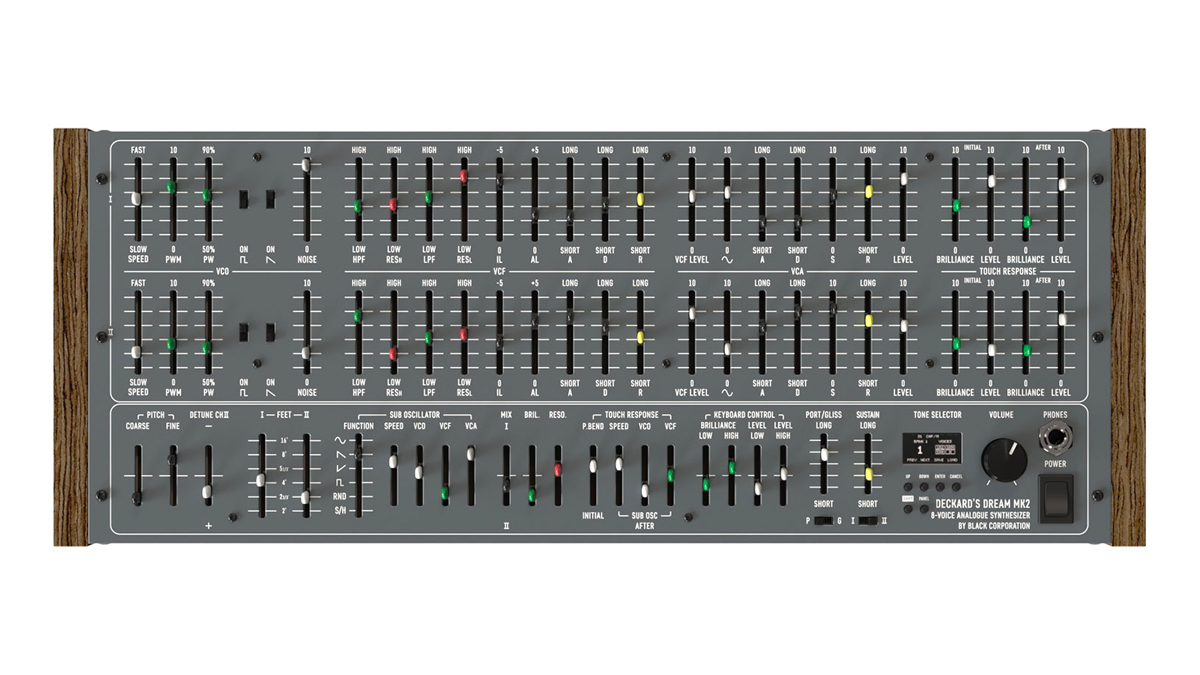
And for software, try the usual suspects with Arturia's CS-80 V (€199), and Cherry Audio's GX-80 ($59).

5. Sequential Circuits Prophet-5 (1978)
Finally, we come to the Prophet-5 - the first programmable polysynth, and a game changer when it first appeared in 1978, with up to five notes of polyphony compared to the single note offered by the monosynths up to this point.
If you want to grasp the roots from which so much electronic music grew, this is a history still in the making.
It was used on the biggest albums by the biggest names in pop – Michael Jackson's Thriller and Madonna's Like a Virgin – and the coolest names in synth-pop. Japan became the UK band most synonymous with the Prophet-5 after groundbreaking albums like Tin Drum, while Peter Gabriel was also a bit of an expert user, employing it on the album So, and Ryuichi Sakamoto used the same Prophet-5 over a 40 year period.
In 2020, Sequential resumed production of the Prophet after nearly 40 years away and the Rev 4 is still a great modern version to buy.
"The Prophet-5 is a legend for a reason and this Rev 4 is simply that legend made better," we said. "If you want to grasp the roots from which so much electronic music grew, the price might not seem so much – this is a history still in the making."

Famous Prophet-5 users and tracks
Lots of famous users including Devo, Duran Duran, Eurythmics, Genesis, Giorgio Moroder, Japan, Jean Michel Jarre, OMD, Radiohead, Soft Cell, Spandau Ballet, Tears For Fears, Thomas Dolby, Thomson Twins, and Yellow Magic Orchestra.
And as for famous tracks, this one uses the Prophet-5 to the max.
While Yellow Magic Orchestra were big fans…
And Genesis might have been more synth prog than pop, but watch Banks in full flow here.
Modern Prophet-5 alternatives
Expect to pay £6,000 to £12,000 for a Prophet-5, but really don't! You can buy the modern take on it, the Sequential Circuits Prophet-5 Rev 4 – and very much a continuation of the story – for around £3,500/$4,000.
Sequential's Take-5 is very Prophet like, too, at least at its core, and cheaper at £1,299/$1,399.

For software, take your pick from Arturia's Prophet-5 V (€199), Softube's Model 80 (€159), or u-he's Repro 5 (€149).








